Alice Neel
‘One of the reasons I painted was to catch life as it goes by, right hot off the griddle,’ said the American artist Alice Neel. From the 1920s through the 1980s, Neel painted expressive portraits of artists, activists, nude pregnant women, and marginalized individuals like her neighbors in Spanish Harlem, at a time when figurative painting was deeply unpopular. Often starting without preliminary sketches, she painted spontaneous black outlines directly onto the canvas and used thick impasto brushstrokes and a bold color palette. Deeply attuned to the interior world and body language of her sitters, Neel’s works not only asserted a sense of her subjects’ dignity but also laid bare their vulnerabilities.
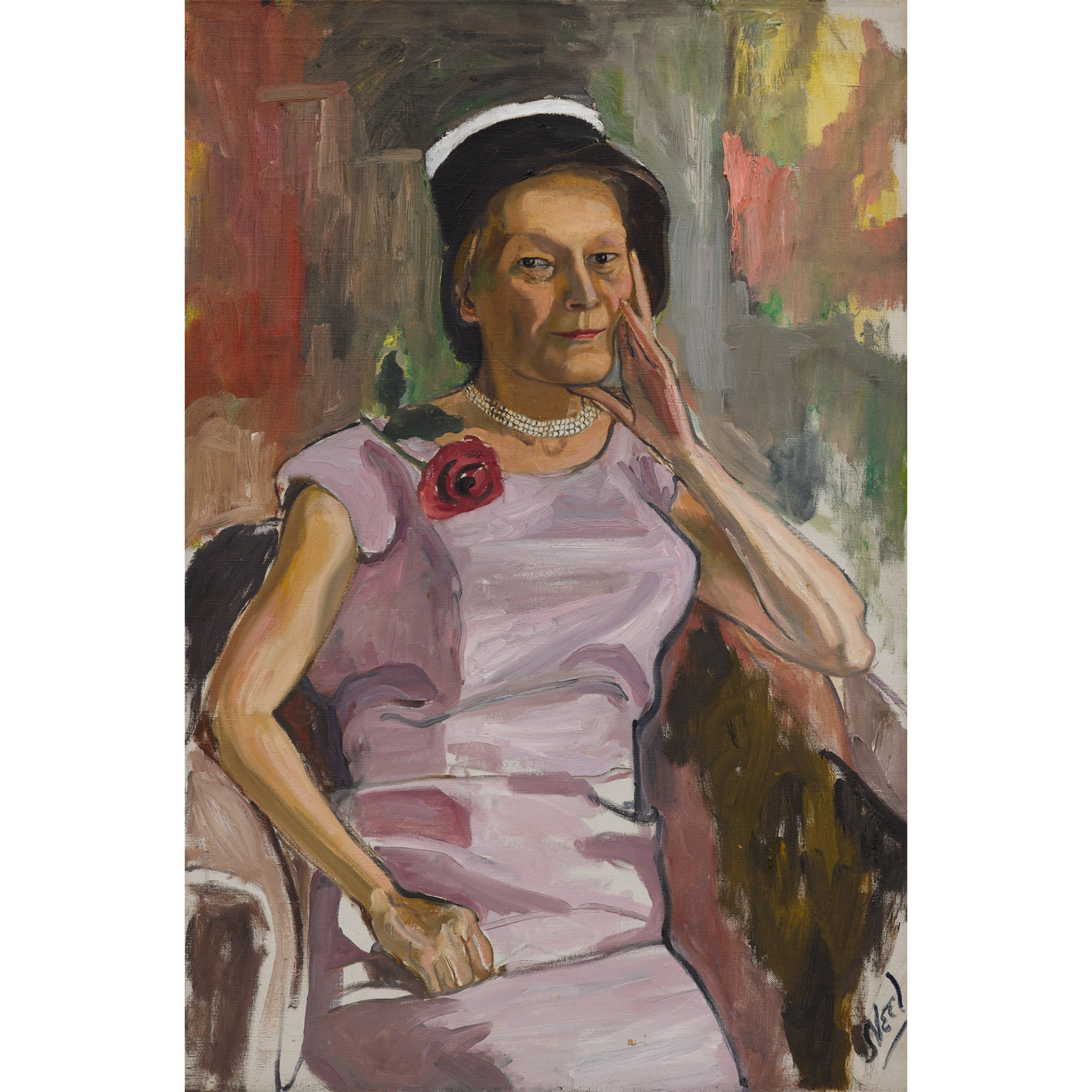
Spartà在法國沙尼(Chagny)的工人階級環境中成長,但他發現圍繞他成長的那些典型職業 —— 例如農業和工廠職業 —— 並不適合他。「我希望能有一些改變 —— 徹底的改變。雖然我愛我的家人,但我不想和他們一樣。」他說道。可是他也不想離開這裡。這位藝廊主的家鄉沒有文化氛圍 —— 他坦然承認這一切 —— 除了一家米其林星級餐廳。 Spartà自學成才,他通過書籍發現了藝術,並對彼特蒙德里安(Piet Mondrian)和卡濟米爾馬列維奇(Kazimir Malevich)產生了特別的興趣。在書中,他瞭解到貧窮藝術(Arte Povera)、極簡主義(Minimalism)和觀念藝術家,並希望有朝一日可以與書中所記載的令人讚歎的藝術家們見面。他說:「我一定要在他們離世前見到他們。」他覺得自己的這種迫切期望很好笑。但對此的堅持卻十分真誠。「我想知道他們做了什麼,他們如何生活 —— 作為一名藝術家是什麼樣子。」
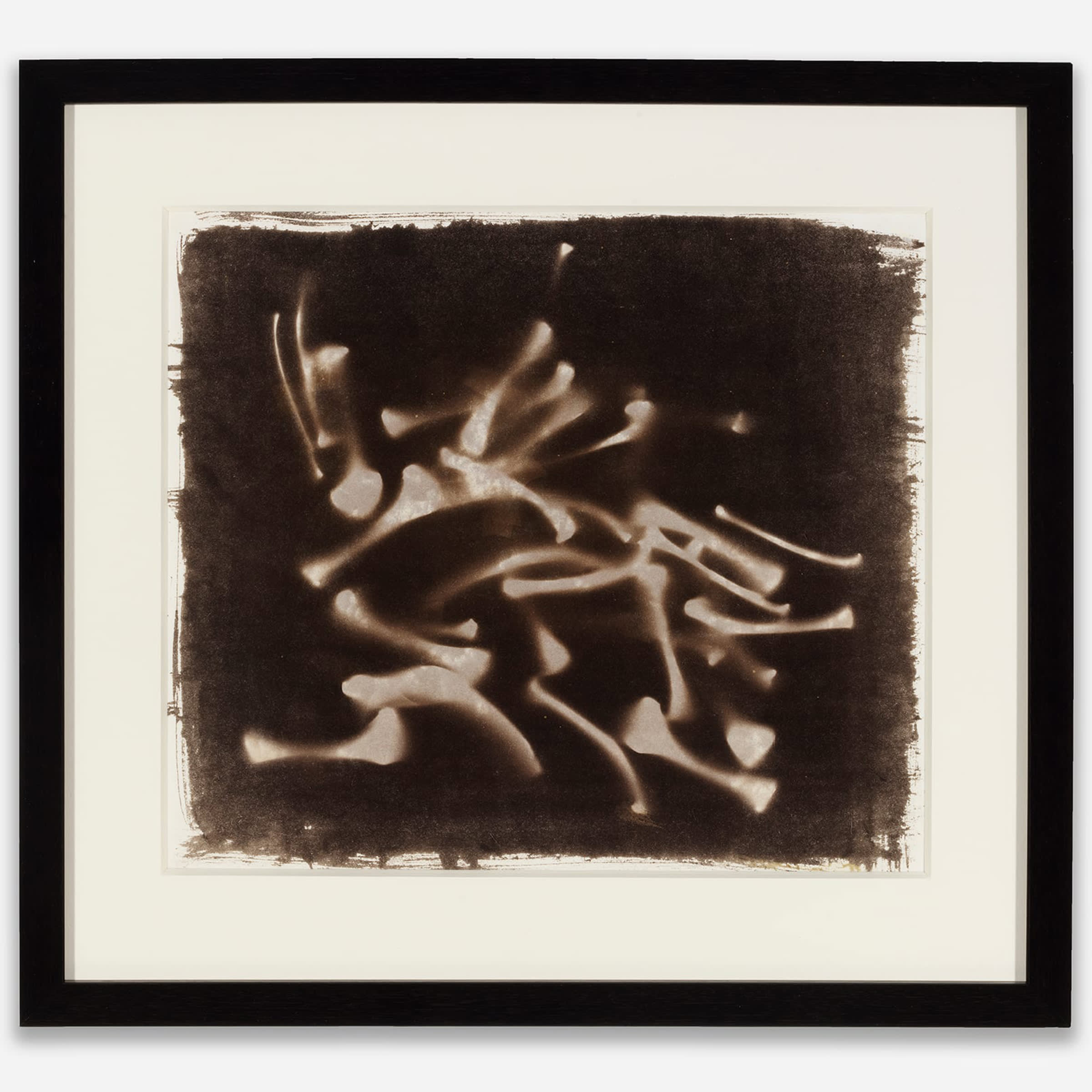
Spartà的一位朋友曾借給他一本「藝術日記」,彙集了藝術家們的聯繫方式。Spartà給每一個他希望見到的藝術家都撥通了電話,包括馬里奧梅爾茨(Mario Merz)、吉爾伯托佐里奧(Gilberto Zorio)、尼爾托羅尼( Niele Toroni )和丹尼爾布倫(Daniel Buren)。藝術家們都對他的熱情做出了回應,並邀請Spartà去參觀各自的工作室。「我不太知道該對他們說什麼,只是表達了我對他們作品的喜愛。」Spartà承認道。當年的Spartà既不是一個藝廊主,也不是一個收藏家。當時還是冶金學家的他,每個周末都會去巴黎的藝廊,特別是Yvon Lambert藝廊、Liliane et Michel Durand-Dessert藝廊和Lelong & Co. 藝廊。
那些他聯絡過的藝術家都向他保證,如果他專門開設一個空間,他們將為Spartà提供作品。 Spartà將這一切付諸於行動,並在沙尼找到了一個場地。然後,他開玩笑地說:「我做了和很多巴黎藝廊主一樣會做的事。把空間內部全部重新粉刷成白色。」一年之內,他在1982年的7月舉辦了第一個展覽,名為「Le Poids des Mots, Le Choc des Photos 」(文字的力量,影像的震撼)的群展。展覽集合了眾多知名藝術家,包括安奈特梅莎熱(Annette Messager)、漢斯-彼得費爾德曼(Hans-Peter Feldmann)、河原溫(On Kawara),珍妮霍爾澤(Jenny Holzer)、約瑟夫‧科蘇思(Joseph Kosuth)、理查普林斯(Richard Prince)和索菲卡爾(Sophie Calle)。前來參加開幕的芭芭拉克魯格(Barbara Kruger)還帶來了展覽海報,張貼在沙尼的街道上。
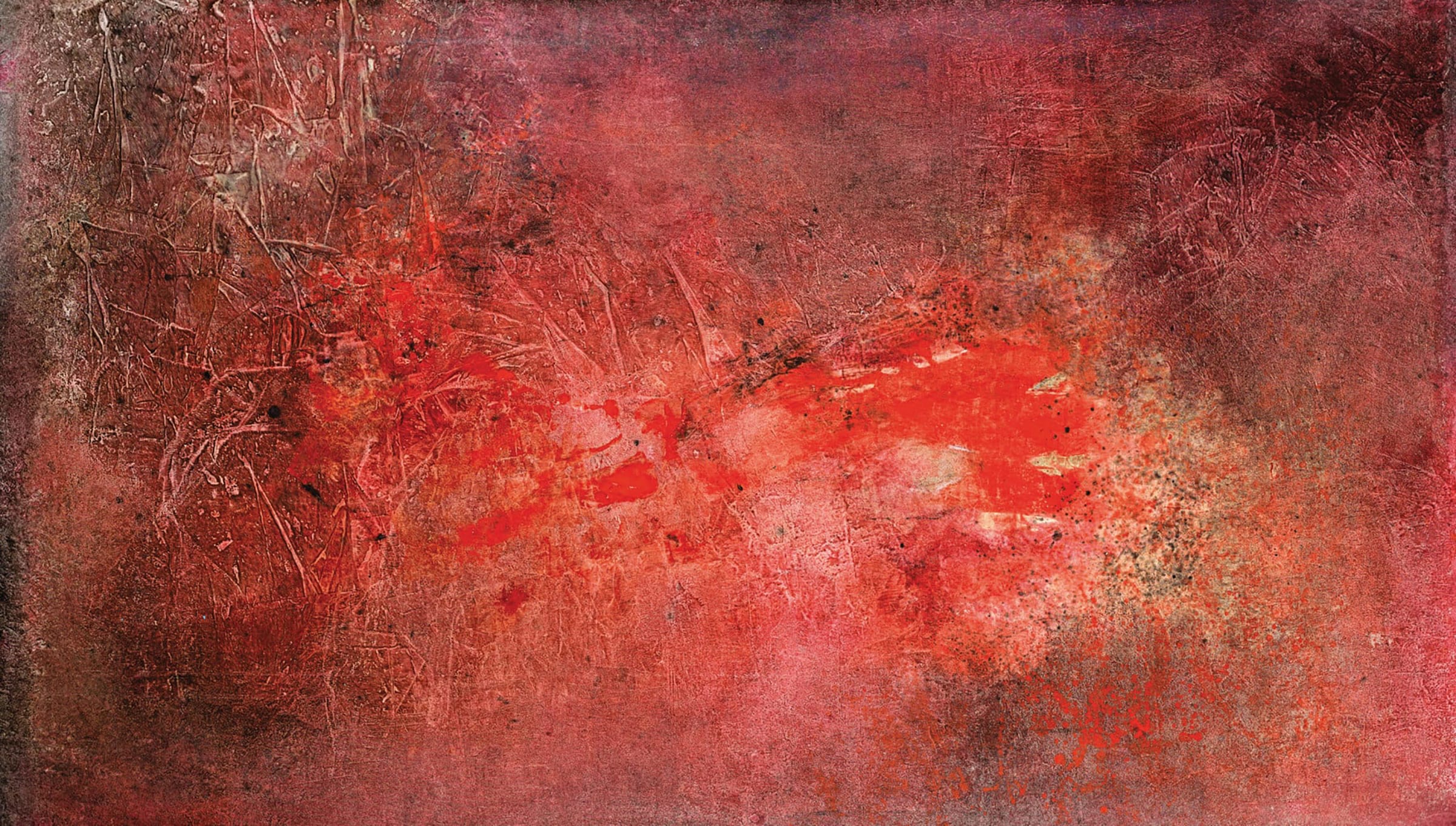
在首個展覽後,Spartà繼續以自主形式經營藝廊。他還未懂得如何售賣藝術品,又或是吸引不同的收藏家。他完全接受他與市場的距離,並邀請藝術家創作「不能賣」的作品。他指出:「這是讓藝術家創作的方法之一,而藝術家們也喜歡製作複雜的藝術品。」他獨特的作風讓他得以凝聚不同藝術家,打造出一個獨立的藝術社群,吸引更多分享同樣立場的藝術家。只有6000人的沙尼反而支持著Spartà的雄心,為他帶來了在沒有市場壓力下充足的實驗空間。Spartà指:「偉大的藝術家不單執著於作品形態,更要有決心面對世態。」他對積極透過創作及開明的方式闡述重要課題的藝術家感到興趣。
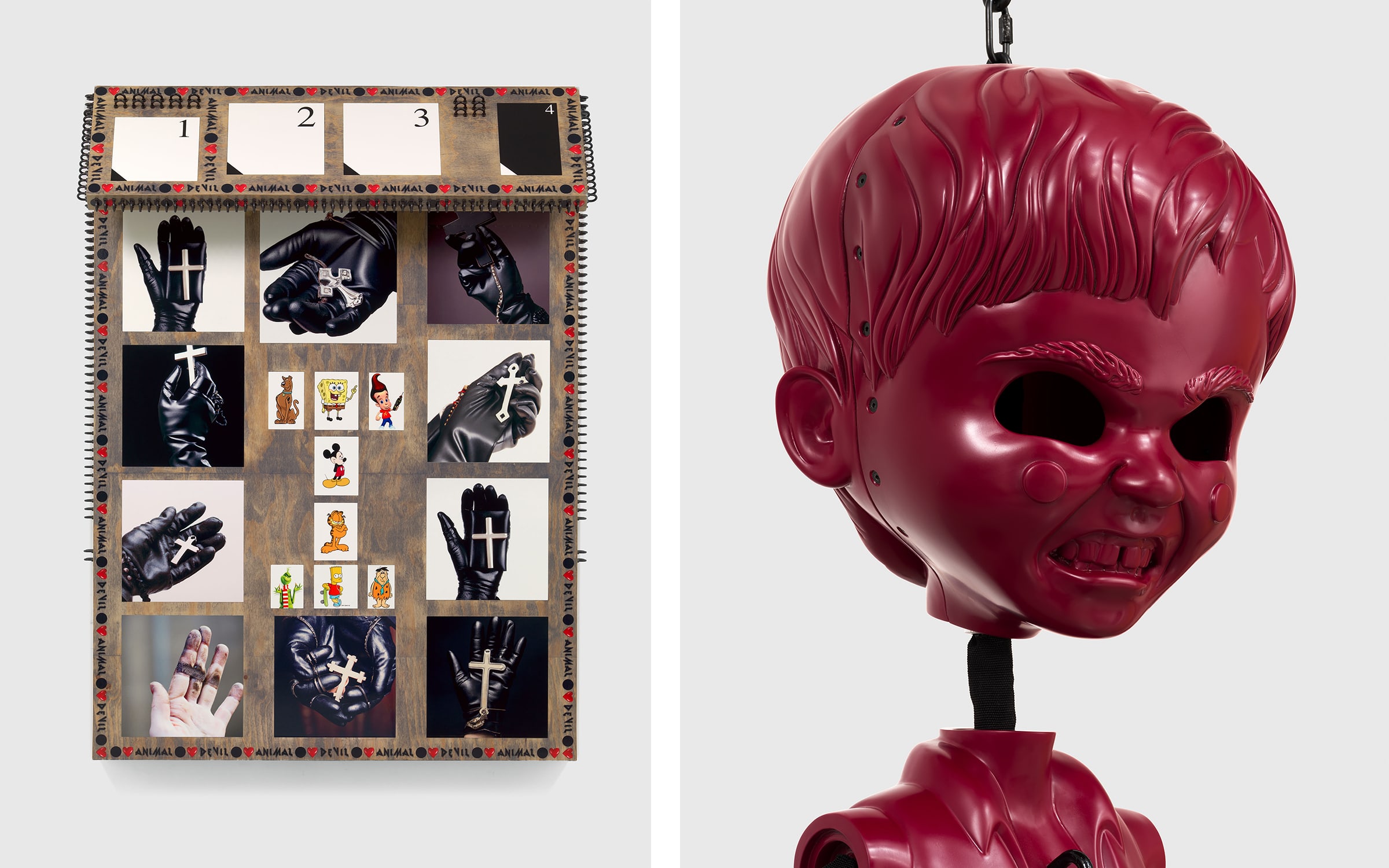
Yayoi Kusama
At 93, Japanese artist Yayoi Kusama is relentless in her output and her work remains as relevant as ever. Currently the subject of a major retrospective at Hong Kong’s M+ museum, she also has a significant presence at the fair. LGDR will be showing her vivid painting Sunset (1988). In this work, Kusama enveloped the canvas with repetitive red, bubble-like polka dots on a vivid green background. For Kusama, dots are filled with spiritual significance, evoking ideas of obliterating the self, oneness, and infinity. After living in the US for more than a decade, Kusama returned to Japan in the late 1970s and, as a result of worsening hallucinatory visions, voluntarily checked herself into a psychiatric facility. Having fallen into obscurity, she was forced to rebuild a name for herself as an artist, only beginning to gain recognition in the late 1980s, when this work was painted.
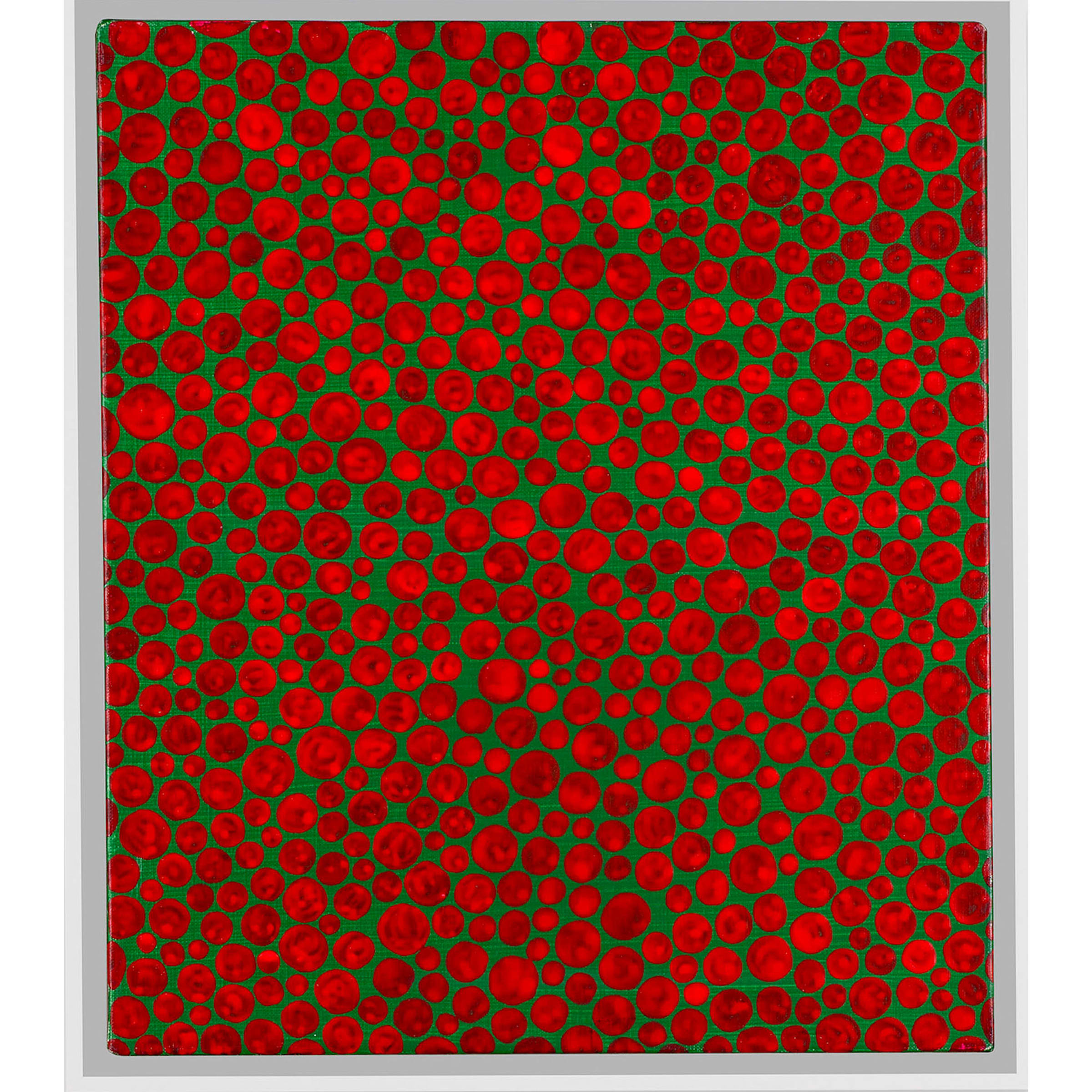
Pierre-Auguste Renoir
It’s not often that you walk through the aisles of Art Basel Hong Kong and spot a Renoir. But, this year, Helly Nahmad Gallery will be showing a rare portrait by the famed French impressionist. On view in both their booth and OVR will be La leçon (Bielle, l’institutrice et Claude Renoir lisant) (1906), a painting of the artist’s youngest son absorbed in a lesson with his teacher. Renoir was 60 when Claude was born, and the young boy quickly became his favorite model. His affection for the cherubic child is clear in this tender, intimate domestic scene. Suffering from worsening rheumatoid arthritis, Renoir depicted the boyas a symbol of vitality and youth, both of which were slipping away from him at the time.
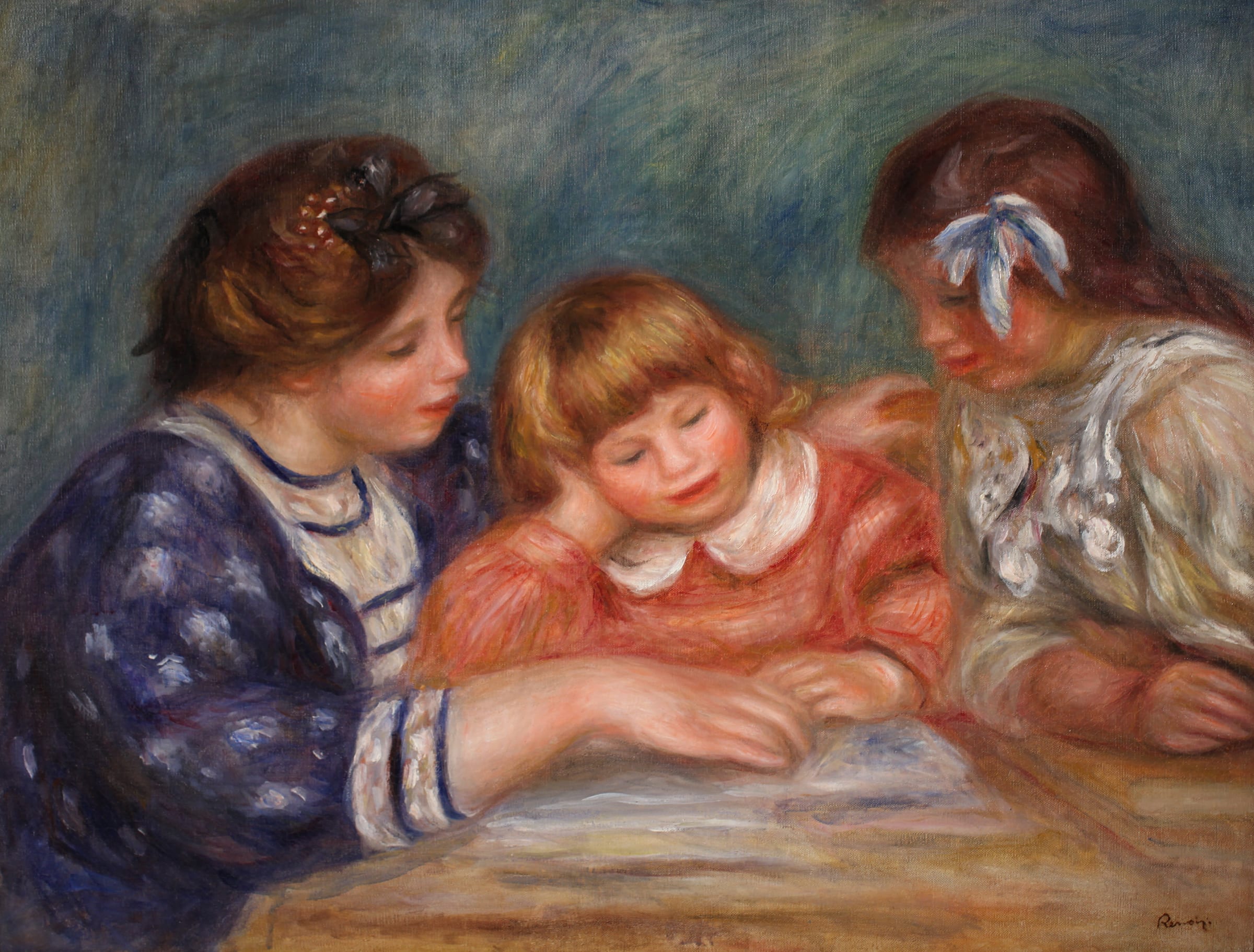
Adam Pendleton
When American conceptual artist Adam Pendleton first began making paintings, language was his primary material. Today, the written word – often drawn from African American historical, political, and literary material – continues to be a driving force in his body of work, which spans installation, painting, performance, printmaking, and video. David Kordansky Gallery’s booth at Art Basel Hong Kong will be filled with Pendleton’s new palimpsestic paintings emblazoned with text and his large-scale drawings on Mylar. The artist has described his dramatic silkscreen on Mylar works as ‘containers for different marks, gestures, and departures: visual departures, textual departures, incomplete utterances, visual and otherwise.’

Payal Uttam is an independent writer and editor who divides her time between Hong Kong and Singapore. She contributes to a range of publications including Artsy, The Art Newspaper, South China Morning Post, and The Wall Street Journal.
Published on March 17, 2023.
Caption for top image: Pierre-Auguste Renoir, La leçon (Bielle, l'institutrice et Claude Renoir lisant) (detail), 1906. Courtesy of Helly Nahmad Gallery (New York).